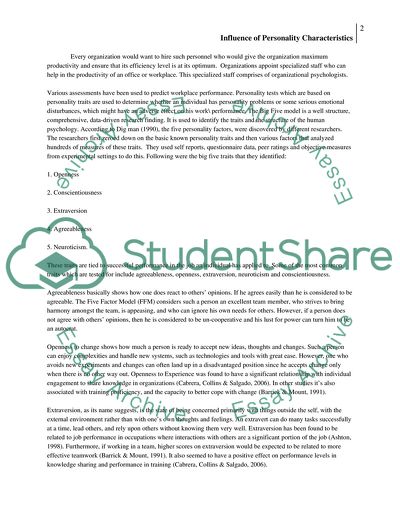Cite this document
(The Influence of Personality Characteristics Term Paper, n.d.)
The Influence of Personality Characteristics Term Paper. Retrieved from https://studentshare.org/psychology/1743096-do-personality-characteristics-influence-an-individuals-training-proficiency
The Influence of Personality Characteristics Term Paper. Retrieved from https://studentshare.org/psychology/1743096-do-personality-characteristics-influence-an-individuals-training-proficiency
(The Influence of Personality Characteristics Term Paper)
The Influence of Personality Characteristics Term Paper. https://studentshare.org/psychology/1743096-do-personality-characteristics-influence-an-individuals-training-proficiency.
The Influence of Personality Characteristics Term Paper. https://studentshare.org/psychology/1743096-do-personality-characteristics-influence-an-individuals-training-proficiency.
“The Influence of Personality Characteristics Term Paper”, n.d. https://studentshare.org/psychology/1743096-do-personality-characteristics-influence-an-individuals-training-proficiency.


